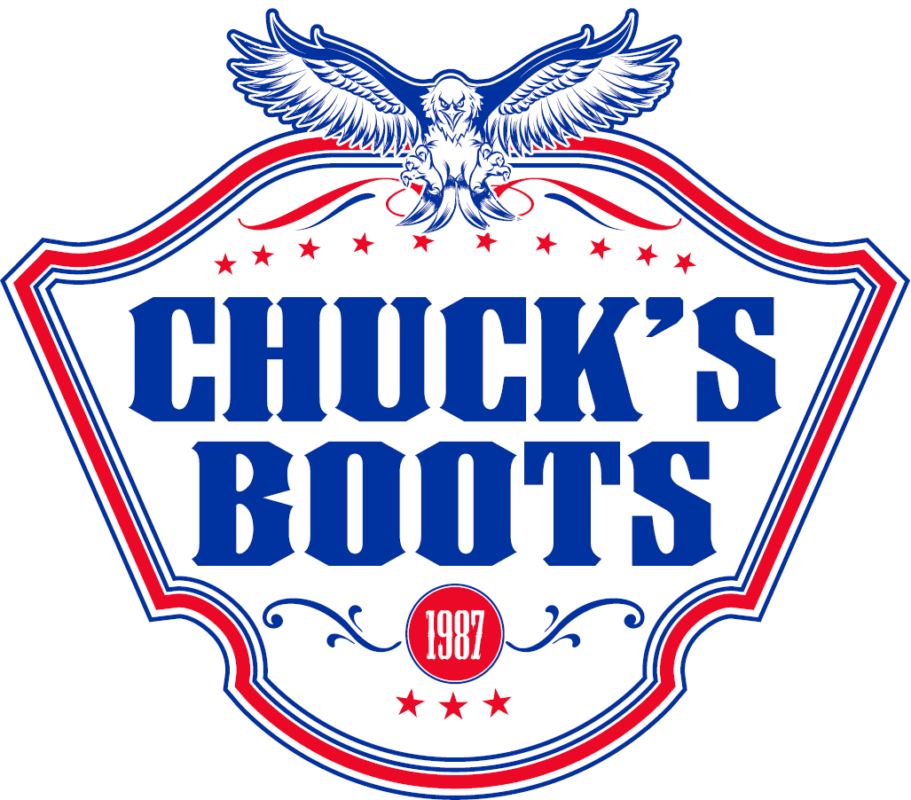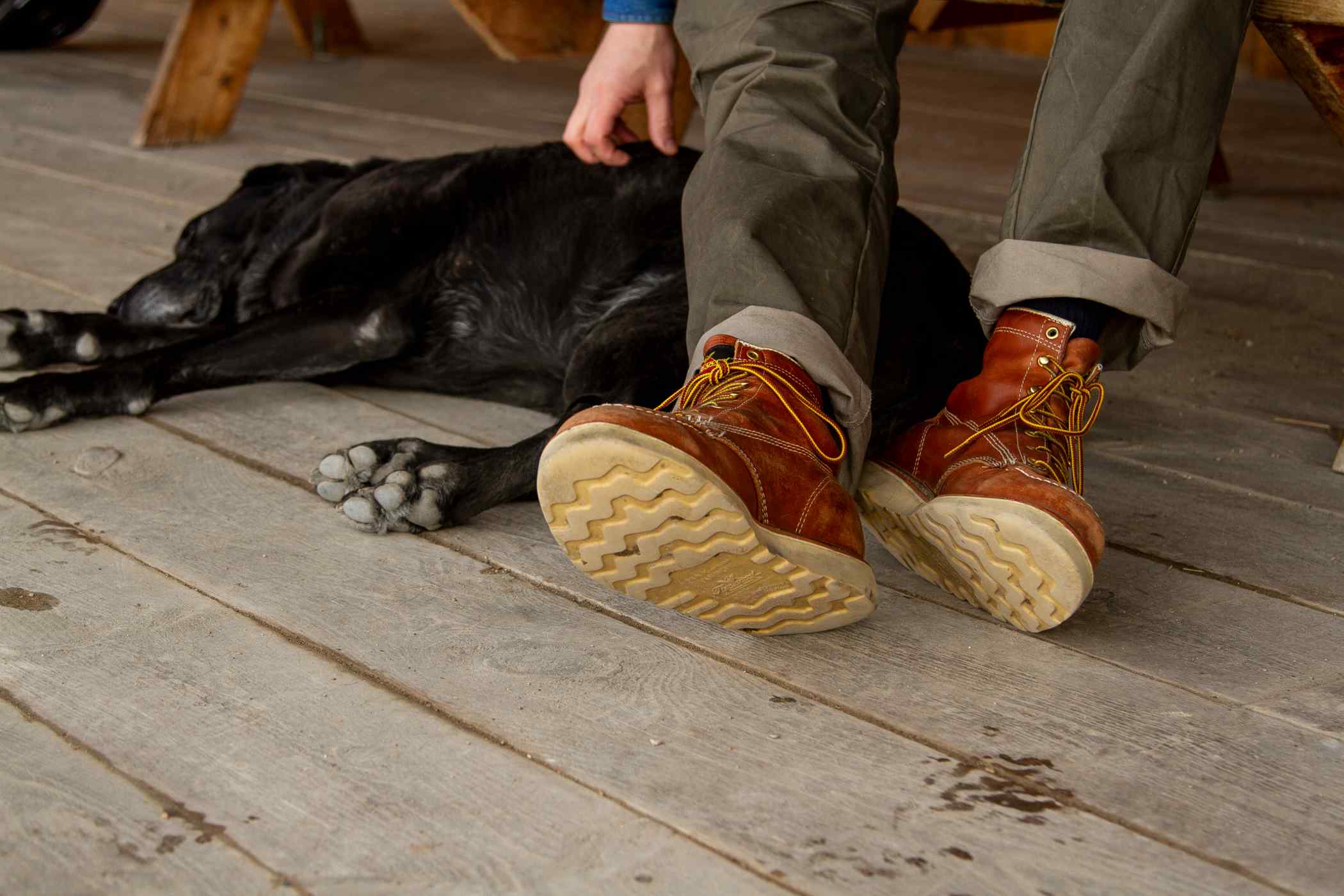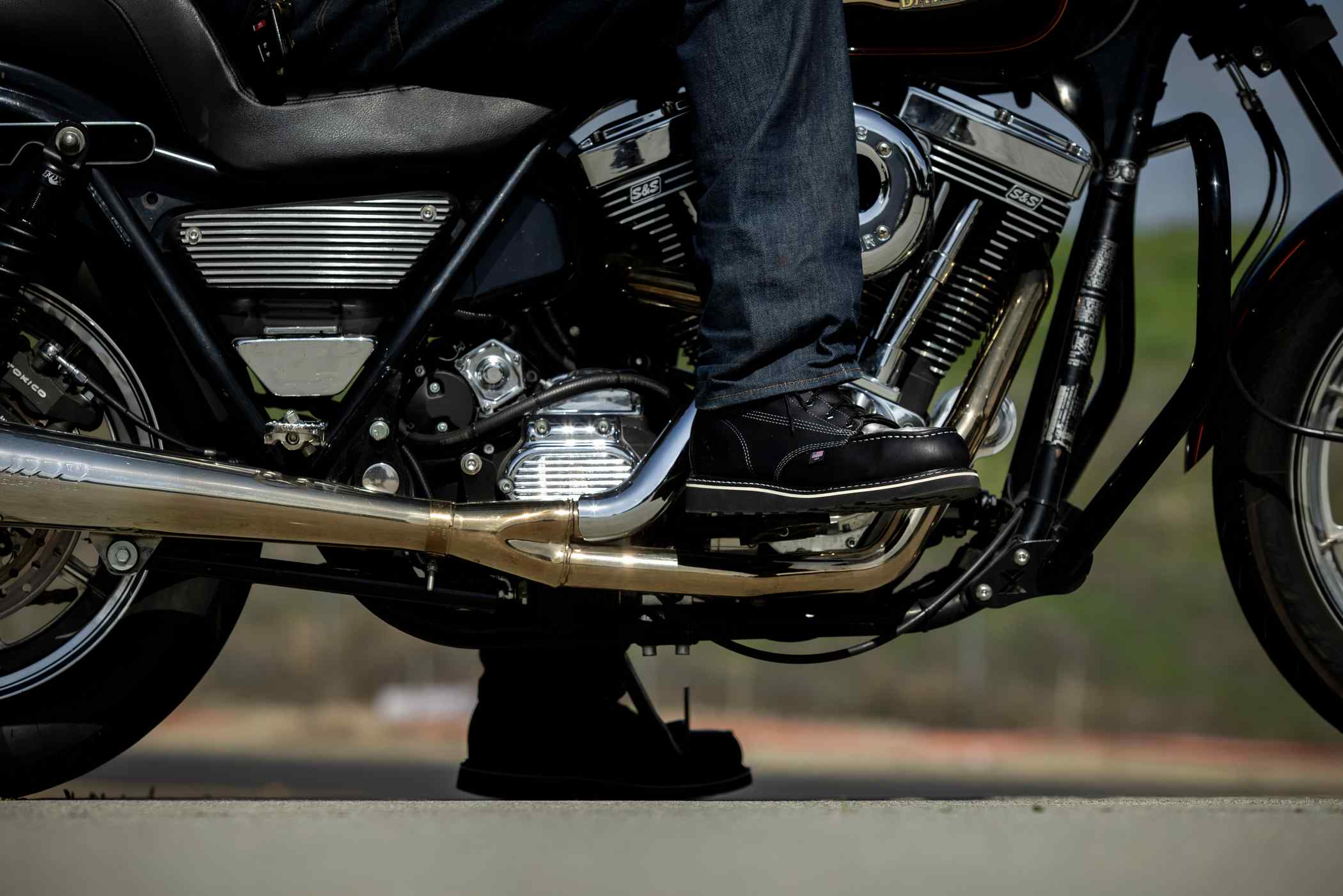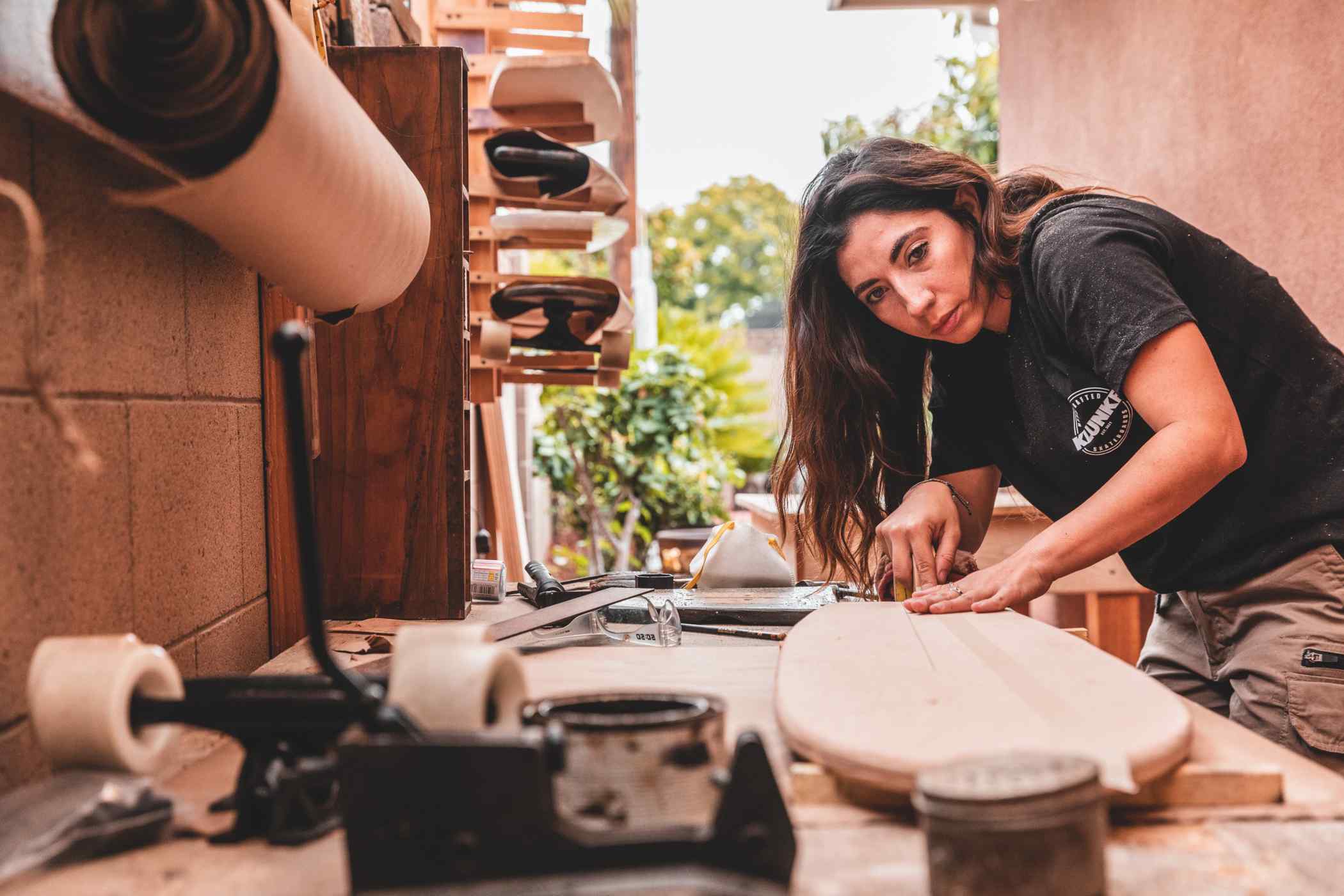Boots
How to Choose the Right Workwear Boots
If you work in a workshop or on a factory floor, then you need to protect your feet at all times when doing your job. And what better way to do it than wearing safety lace up work boots?
The first thing you notice when shopping for safety lace up work boots is that you have numerous choices to choose from. However, the shoe you pick ultimately depends on its suitability to the job at hand and the level of comfort it offers.
Despite their vast abundance in the market, shopping for a pair of lace up work boots is more challenging than you might think. There are hundreds of brands out there, each marketing their boot as the best on the market. So, to avoid being lured and misled by the shoddy ads and supposedly terrific discounts, you need to know what you’re looking for in workwear boots.
But, before we get to that, there are a few things you need to know about lace up work boots.
Benefits of Workwear Boots
1. They protect your feet.
This is probably the main reason why you should always wear safety boots when working. Safety boots are made from robust materials that can withstand intense pressure and temperatures, thus enabling them to protect you from most work hazards.
Depending on their type, safety lace up work boots can handle anything from heavy impacts, slippery floors, and electric voltages.
2. They offer support.
Despite their weight, safety lace up work boots offer plenty of support for your feet. If you normally stand for a very long time at work, workwear boots can keep your feet properly cushioned and supported.
Work safety boots are very comfortable. The added comfort leads to less fatigue, thus enabling you to work faster and more efficiently. They also reduce the strain on your lower extremities, thus decreasing your chances of getting any work-related musculoskeletal disorders.
3. They protect your feet from extreme weather changes.
Extreme weather conditions can cause a myriad of health problems. For example, intense low temperatures can reduce blood circulation in your feet. If the situation is prolonged, the low temperatures can cause nerve damage and even the affected tissues’ death. Having the right footwear in the bitter cold is essential to preventing this.
4. They’re required.
Wearing safety boots is mandatory for most employees working in a workshop or any other potentially hazardous environment. Work boots are an essential part of a safe dress code, and many industrial environments will not let you work without them.
5. They can protect you from cutting hazards.
If your workplace has any sharp machinery or a machine with sharp moving parts, you need to use workwear boots. For instance, people who work in the logging industry are required by law to wear logging boots because these safety boots are made of a robust material that protects their feet when they come in contact with a chainsaw.
6. They prevent burns.
Burns are among the most common injuries in the workplace. They can occur for various reasons, primarily if you work with fire or near flammable materials. Most work boots are made from durable, fire-resistant materials that protect you when you step on a hot surface or get splashed by chemicals or molten metal.
Types of Workwear Boots
1. Safety-Toed Boots
Safety-toe boots are among the most commonly used types of safety lace up work boots. They feature a cap at the toe area. The caps are made of robust material like steel, since they are meant to keep your toes safe in case of an accident. These boots are suitable for people who handle heavy industrial machines and equipment.
2. Metal Instep Footwear
Metal instep boots are specially designed to protect your feet from all directions, like some sort of armor. This means they’re protected from impact and penetration by sharp objects from all sides. These shoes are suitable for people who work in industrial factories that deal with the manufacture of glass objects, nails, and machinery.
3. Metatarsal Shoes
These boots are specially designed to protect the upper part of your foot. This area needs extra protection because there’s little natural padding — the metatarsal area has thin skin and little fat. They are perfect for use in construction sites and any other job that involves lifting heavy machines or equipment.
4. Electrical Hazard Shoes
As their name suggests, these boots are specifically made to protect electricians from electric shock. They do this by insulating your feet thoroughly to stop the flow of electricity. While they aren’t meant to be the primary precaution against electrocution, they are an important element in keeping you safe.
How to Choose the Right Workwear Boots
1. Pick the best boot style for your feet.
When it comes to boots, you can’t take a one-size-fits-all approach. This is because people have differently shaped feet. Feet differ in length, width, gait, instep, and foot arch. To find the best style, you should try on a bunch of boots, then pick the pair that provides you with the best comfort and suitability for your intended use.
2. Assess the risks in your workplace.
Before you go out shopping for a pair of lace up work boots, you should first assess the risks in your place of work. Once you identify all the risks, it’s easier for you to narrow down your work boot options. The most common hazards you should look out for are:
Slippery floors
Electric hazards
Walking in hot furnaces
Presence of sharp objects on the floor
Possibility of dropping heavy or sharp objects on your feet
Presence of acids, oils, and solvents
3. Check the slip-resistance of the boot.
In the past two years, up to 29% of all non-fatal work-related injuries in Great Britain were slips and trips. When buying a safety work boot, always ensure that they have slip-resistant properties and proper treads. You should also look out for certified anti-slip ratings in any safety boot you buy.
4. Are they comfortable?
Even though you might feel compelled to wear your favorite sneakers to work, your employer wouldn’t let you work in them, since it’s unsafe and oftentimes illegal. As a result, you’re left with only one choice: Wear a safety boot.
On the bright side, workwear boots can be pretty comfortable, and the right shoe might even give you more comfort than your average sneakers.
5. Material
The sole purpose of a workwear boot is to protect you from any hazards in your workplace. As such, you should ensure that the boot you pick is adequately equipped to handle any hazards that might occur.
For example, if you are regularly exposed to acids in your workplace, you want to make sure your shoes’ material has been rated by the proper safety authorities for that kind of work. If you want a light shoe (assuming you don’t work on an industrial floor), you can choose one with non-metallic safety components. Some shoes also have heat-resisting and anti-static properties.
The boots’ material plays a crucial role in their safety standard and level of comfort, so you should be careful with what you choose.
6. Purpose
When buying a workwear boot, you should consider what you’re going to use it for. Safety boots are designed for different purposes, so an electrician and construction worker probably shouldn’t wear the same shoe. Depending on the nature of your work, you can choose to go with a boot that can offer you waterproofing, anti-penetration protection, and any other useful feature.
When shopping for safety workwear boots, always remember that it is better to be overprotected than under-protected.
7. How much do you intend to pay?
Ever heard the phrase, “You get what you pay for?” Well, when it comes to working safety boots, it’s no different. The price of safety boots depends on their purpose, quality, and durability. For instance, leather boots are more expensive than synthetic boots since they are more durable.
However, synthetic boots are generally lighter, so if your workplace doesn’t have many hazards, you could save yourself a pretty penny.
8. Read online reviews.
The most effective way to get an unbiased opinion when buying a pair of workwear boots is by reading online reviews written by people who have already bought them.
Reading online reviews also comes in handy when you’re stuck between two or more choices. Looking into other people’s experiences with the boots can help you resolve anything you’re not sure about.
9. Ventilation
Many people often overlook this aspect when shopping for a work safety boot. Don’t be one of them! Ventilation plays a crucial part in enhancing the shoe’s level of comfort.
When shopping for a boot, always ensure that both the design and construction materials encourage air circulation within the shoe. Picking a pair of well-ventilated boots will ensure that your feet remain cool and dry, even during hot working days. This can help with those unpleasant odors that sometimes stick around in work boots.
10. Durability
Nothing’s worse than buying a brand new pair of lace up work boots, only to have them wear out in two months. Therefore, when shopping for workwear boots, always ensure that they can withstand long-term use. The durability of work safety boots depends on their material and quality of construction.
6 Inch Lace Up Boots or 8 Inch Lace Up Boots, Which Is Best?
If your work involves moving around in uneven terrain or walking long distances, then 6 inch lace up boots might be the best choice for you. The shorter option, 6 inch lace up boots provide you with ample ankle support and offer plenty of flexibility. They are most suitable for construction work, industrial work, and farm work.
On the other hand, 8 inch lace up boots offer you more support and protection. They are mainly used by militaries and security forces worldwide, and even if you aren’t using them for such intense uses, they might still be a good idea because they provide more coverage for activities like hiking.
If your work requires you to have a little extra bracing, or if you have a habit of rolling your ankles, then 8 inch lace up boots are the best choice for you.
The downside to 8 inch boots is that they are very restrictive. Therefore, they can have insufficient ventilation. That means 6 inch lace up boots can be more ventilated and give you all the flexibility you need. For work that involves strenuous movement, 6 inch lace up boots serve you right.
Frequently Asked Questions
What is a steel toe?
A steel toe is a toe cap made of steel. It is fitted in the toe box of a work boot during its construction. Its main purpose is to protect our toes from impact and compression.
What is a composite toe?
A composite toe has the same function as a steel toe, but it’s not made out of steel. The composite toe is made of a non-metallic and non-magnetic material. Lace up work boots with a composite toe are generally lighter than those with a steel toe, but they might not offer as much protection.
Which is better between a steel and composite toe cap work boot?
It depends on what you want to use them for. The key differentiator between the two is their weight (steel toe cap boots are heavier than composite toe cap boots). Some people believe that steel toe cap boots offer more protection, so when it comes to choosing between the two, it’s a matter of personal preference and what your employer requires.
Conclusion
Although we cannot prevent all accidents in the workplace, we can do our best to protect ourselves when they happen. The most commonly hurt body parts in a workshop are the hands and feet. Since we can’t do much about our hands (apart from wearing gloves and not touching sharp objects), we can protect our feet from many workplace hazards with the right workwear boots.
Happy shopping, and stay safe.














